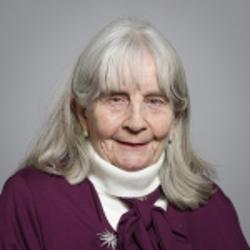Orphan Drugs
(asked on 22nd January 2018) - View SourceQuestion to the Department of Health and Social Care:
To ask Her Majesty's Government how many treatments with an orphan designation have been subject to a Highly Specialised Technology evaluation by the National Institute for Health and Care Excellence since 2013; what was the recommendation for each assessment; and what was the estimated populated size for each treatment.
The National Institute for Health and Care Excellence (NICE) has evaluated six treatments with an orphan designation through its Highly Specialised Technology (HST) programme since 2013. The table below details the guidance, patient population size and the recommendation for each evaluation.
Guidance | Estimated patient population | Recommended |
Asfotase alfa for treating paediatric-onset hypophosphatasia | Not known | Yes |
Eliglustat for treating type 1 Gaucher disease | 50 to 100 | Yes - for long-term treatment in adults who are cytochrome P450 2D6 poor, intermediate or extensive metabolisers. |
Migalastat for treating Fabry disease | 142 | Yes – for people over 16 years of age with an amenable mutation, only if migalastat is provided with the discount agreed in the patient access scheme, and only if enzyme replacement therapy would otherwise be offered. |
Ataluren for treating Duchenne muscular dystrophy with a nonsense mutation in the dystrophin gene | Not known | Yes |
Elosulfase alfa for treating mucopolysaccharidosis type Iva | 74-77 | Yes |
Eculizumab for treating atypical haemolytic uraemic syndrome | Not known | Yes |

